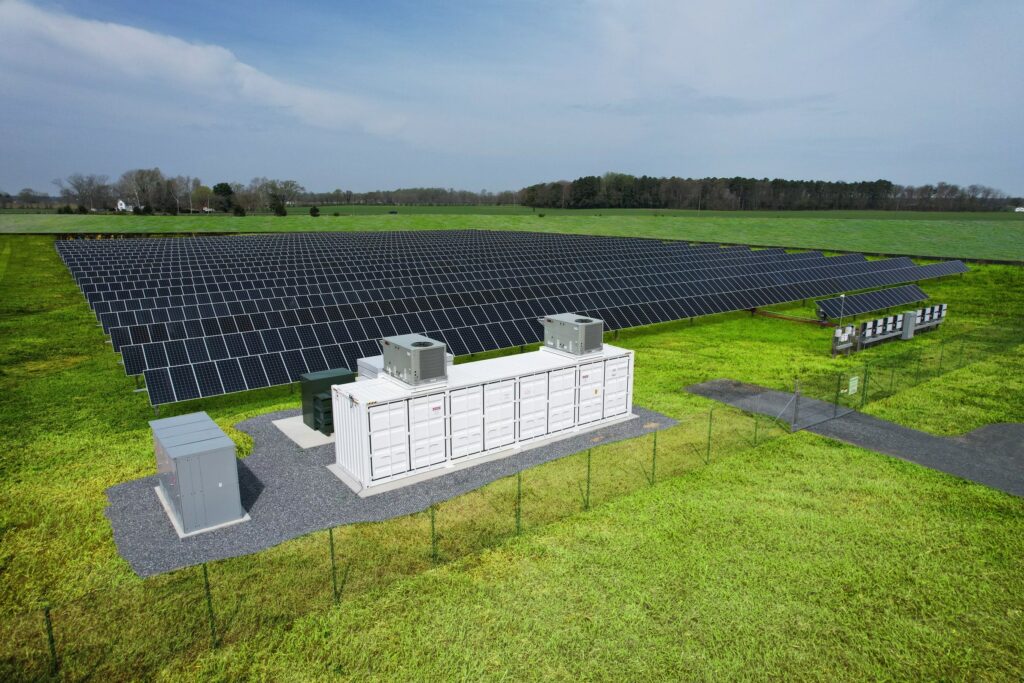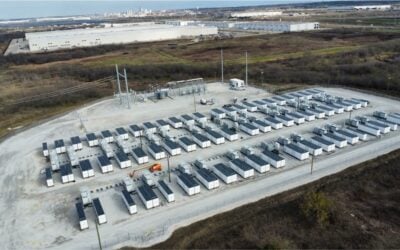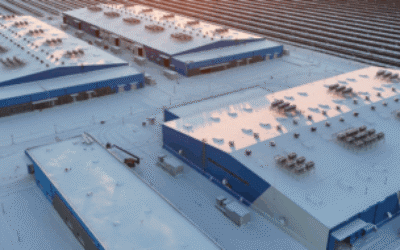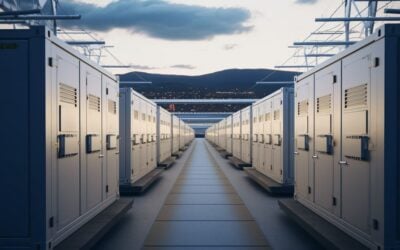
Some 2.5-3.6GW of energy storage could be cost-effectively deployed by 2033 to cut emissions and lower energy costs in the US state of Maryland, American Clean Power (ACP) said.
The renewable energy trade body’s study said that a rollout of 2.5-3.6GW of new energy storage would lead to net system cost savings to Maryland of approximately US$74-100 million in 2033.
That would be under an Increased Energy Storage scenario where no new gas is built and renewables account for 97% of electricity generation by 2033. The projected savings are compared to the Continued Gas Dependence scenario where new coal and gas resources come online and fossil fuel plants are 50% of generation.
CO2 emissions in 2033 under the Increased Energy Storage scenario would be 93% lower than 2023 while they would be just 23% lower under the Gas Dependence scenario. Energy costs to consumers would also be lower, but only by US$1 a month.
Try Premium for just $1
- Full premium access for the first month at only $1
- Converts to an annual rate after 30 days unless cancelled
- Cancel anytime during the trial period
Premium Benefits
- Expert industry analysis and interviews
- Digital access to PV Tech Power journal
- Exclusive event discounts
Or get the full Premium subscription right away
Or continue reading this article for free
The ‘Increased Energy Storage’ scenario entails an average annual deployment of 400MW a year of new energy storage, mostly in territories served by utilities Pepco and BGE.
A year ago the state of Maryland increased its economy-wide emissions reduction target from 40% to 61% by 2031, as reported by Energy-Storage.news. The announcement coincided with developer Convergent Energy + Power bringing three solar-plus-storage projects totalling 8MWh online, one of just a few large-scale projects seen in the state to-date.
While California and Texas continue to be by far the largest markets for energy storage in the US, other states are making high-level policy announcements to significantly ramp up their deployments too. Last month, Energy-Storage.news reported on state governments in Michigan and New Mexico proposing and setting (respectively) energy storage deployment targets for 2030 onwards.
Maryland is served by multi-state grid operator PJM.
The Maryland study, for which preliminary findings have been released with a fully report coming later, was commissioned by ACP and conducted by Synapse Energy Economics.





